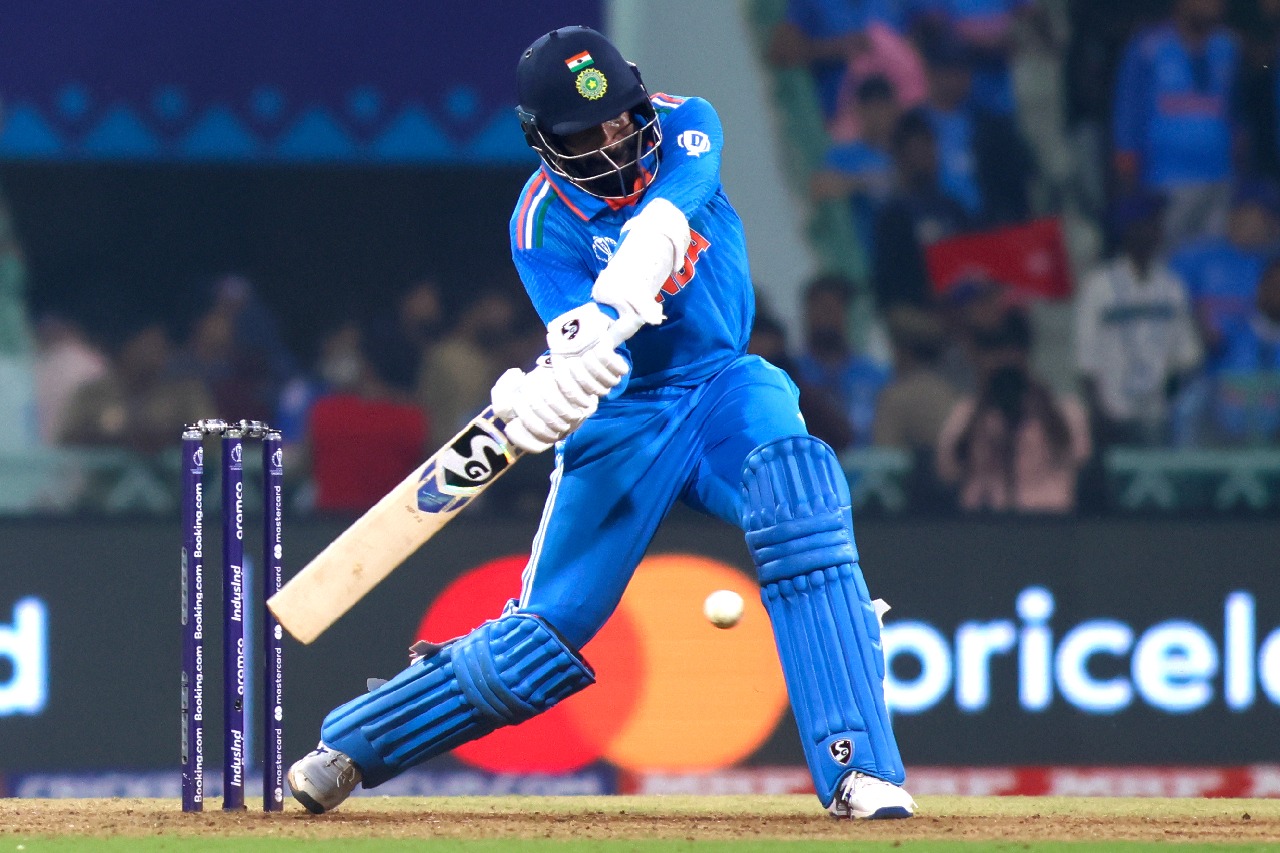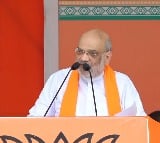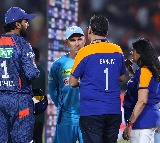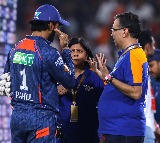India's search for 'bowlers who can bat' must continue to end lower-order fragility

The ODI World Cup in 2023 saw India's bowling attack emerge as the undisputed hero of the tournament.
The trio of Mohammed Shami, Mohammed Siraj and Jasprit Bumrah, complemented by the spin expertise of Ravindra Jadeja and Kuldeep Yadav, became an unstoppable force, celebrating resilience, skill and an unwavering pursuit of excellence.
The tale unfolded with exceptional performances showcasing the might of this bowling unit. They bundled out Australia for a modest 199, stifled Pakistan at 191, and humiliated Sri Lanka with a meager 55 runs on the scoreboard. England fell at 129, and South Africa faced a colossal defeat with only 83 runs to their name.
Six out of eight matches saw the opposition bowled out, underlining the relentless spirit and skill of these exceptional bowlers.
However, amid the euphoria of India's bowling triumphs, a stark reality lingered – the lower-order fragility. The lack of intent with the bat from Indian bowlers faced a significant setback, especially in home and sub-continent conditions.
The Achilles' heel for India revealed itself from No. 8 and beyond, where a dearth of boundary-hitters becomes glaringly apparent.
As per statistics – the combined tally of boundaries by the last four batsmen in their T20 careers stood at 34 fours and four sixes in 113 innings. This vulnerability was ruthlessly exposed by the West Indies in a previous series, where India, seemingly cruising to victory, stumbled when it mattered most.
A nostalgic glance back to India's first cricket World Cup triumph in 1983 reveals a different era. The bowlers of that time were predominantly all-rounders, focusing on keeping run-scoring in check rather than being wicket-takers. Skipper Kapil Dev, a standout exception, epitomised the essence of those times.
Fast forward to the 2011 World Cup on home soil, and the dynamics had shifted. The 2023 Indian team, in contrast, embraced specialists over bits-and-pieces players, placing a heavier emphasis on pace. However, this shift highlighted a critical weakness in the lower order, particularly from No. 8 and beyond.
In a T20 encounter against the West Indies in August 2023, India found themselves in a comfortable position, needing only 37 runs from five overs with six wickets in hand.
The absence of firepower in the lower order, however, resulted in a narrow loss by four runs. The West Indies, in contrast, demonstrated how it's done, with their No. 9 and No. 10 calmly steering the ship in a partnership that secured victory.
T20I captain Hardik Pandya had echoed concerns about the lower-order fragility, acknowledging the need to strengthen the contributions from No. 8, 9, and 10. Rohit Sharma, ahead of the ODI World Cup, also identified this weakness as an area of worry for India.
Fast forward to the scenario in South Africa, and the problem persisted without a clear solution in sight. Kuldeep Yadav and Ravi Bishnoi have taken turns occupying the No. 8 slot, but the big hits are elusive.
Even the inclusion of seamers such as Arshdeep Singh, Mohammed Siraj, or Mukesh Kumar hasn't altered the narrative.
Contrastingly, other cricketing nations have embraced the modern spirit. Australia boasts the likes of Pat Cummins and Mitchell Starc at No. 8 and 9, while Pakistan flaunts the batting prowess of Naseem Shan and Shaheen Afridi.
New Zealand features Kyle Jamieson and Tim Southee, while England deploys Chris Woakes and Rehan Ahmed. The West Indies, true to its power-hitting legacy, showcases Jason Holder in the lower order.
Notably, India's lead bowlers across formats, Shami and Bumrah, do not offer significant batting utility in T20s. The likes of Avesh Khan and Prasidh Krishna also fall short in this aspect. In an era where adaptability and dynamism are paramount, the inability to find batsmen who can unleash boundaries down the order becomes a burdensome limitation.
As the T20 World Cup looms on the horizon, India finds itself at a crossroads, compelled to find a solution that transforms its team from a mere group of eleven individuals into a cohesive unit. The story unfolds with the pressing need to infuse power and depth into the lower-order batting lineup, ensuring India is not left wanting in the critical moments of a T20 encounter.



















